Last updated on April 20th, 2023
Ukraine is a country in Eastern Europe. Kyiv is its capital and largest city. It has a total area of 603,550 square km. Ukrainian is its official language. Its official currency is Ukrainian hryvnia (₴) (UAH). Its seven land bordering countries are Poland, Slovakia, Hungary, Romania, Moldova, Russia, and Belarus. However, it is not completely landlocked with coastlines along the Black Sea and the Sea of Azov to the south. The religion plays a strong influential role in shaping Ukrainian music, literature, and architecture. With these facts about Ukraine, let’s learn more about its history, culture, people, food, and more.
Facts about Ukrainian culture
1. According to Ukrainian folk tales, Kiev boasts up to three official witch gathering places. They share the name Lysa Hora (Bold Mountain).
2. Weaving with handmade looms is still used in some parts of the country, including Krupove, located in Rivne Oblast.
3. Unlike many cultures around the world, Ukrainians wear wedding rings on the right hand not the left.
4. “O Sole Mio” the world-famous song was composed in the country.
5. Ukrainian romanticism started developing in the 1830s. Romanticist poet-painter Taras Shevchenko played a central role in this regard. He is widely regarded as the father of national revival.
6. Commemorated on June, the 23rd, Ivana Kupala Day is one of Ukraine’s most fun traditional celebrations. Boys and girls join hands in pairs and jump over a fire in a purification ritual. Locals believe that when a couple skip the fire without losing grip of each other, their love is destined to last a lifetime.
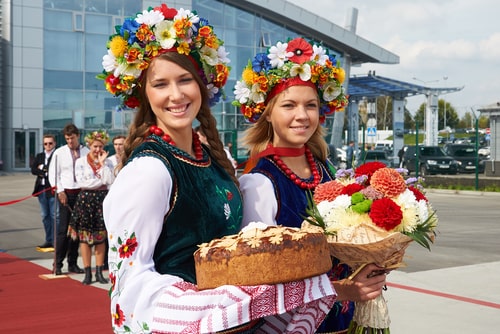
7. Vyshyvanka is the Ukrainian national costume. It is decorated with ornamental hand woven embroidery featuring floral detail. Both women and men wear the costume on various occasions.
8. Kiev is widely regarded as the country’s spiritual capital. Pilgrims regularly travel long distances to visit the Sofia Kyivska church and St. Michael’s Golden-Domed Monastery.
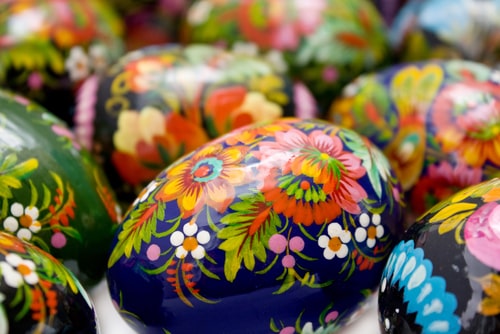
9. The popular Easter egg tradition originated in Ukraine. Originally, the eggs were patterned using wax and dye. The wax was eventually removed leaving an impressive pattern with dashing colors.
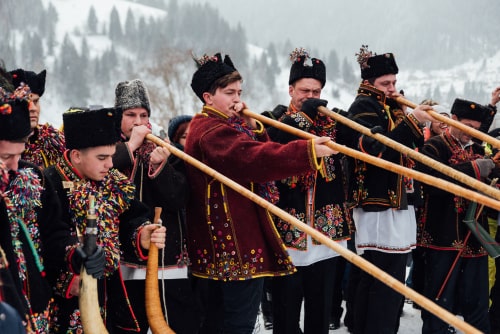
10. The world’s longest musical instrument also originates from Ukraine. The pipe piece is aptly named Trembita.
11. Orthodox Christianity dominates Ukraine and has a big influence on culture. According to a 2021 study by the Kyiv International Institute of Sociology, 82% of the population identify as religious, 7% were atheists, and 11% did not have a definite answer.
12. Artisan textile is used in traditional Ukranian weddings. The embroidery depends on the region where the textile came from. Buyers can also choose from different historical motifs, stitching methods, and a wide variety of colors.
13. Battleship Potemkin, widely regarded as one of the best films of all time, is about a 1905 mutiny in Ukraine. Other notable films about the country are Mr Jones, which tackles the Holodomor famine, and Everything is Illuminated, which revisits the Holocaust.

14. The Kyiv cake is another edible symbol of the city. It features two layers of meringue, buttercream filling, chocolate glaze, and hazelnuts. It was an accidental discovery after a confectioner messed up a biscuit and colleagues made the most of the situation.
15. Several Hollywood stars were born in Ukraine including Milla Jovovich who had leading roles in The Fifth Element and Resident Evil. Another is Mila Kunis who is known for films like Gia and Black Swan, as well as the sitcom That ’70s Show.
16. Among the former Soviet States, Ukraine is considered as having one of the freest press and Internet. Leading newspapers publish articles mainly in Ukrainian but translate some of these to Russian and English.
17. The internationally famous dish, Chicken Kiev, is said to have been popularized in the Continental Hotel located in the Ukrainian capital. It was their restaurant’s signature dish consisting of boned and skinned chicken breast stuffed with butter and fried until golden.
Flag of Ukraine
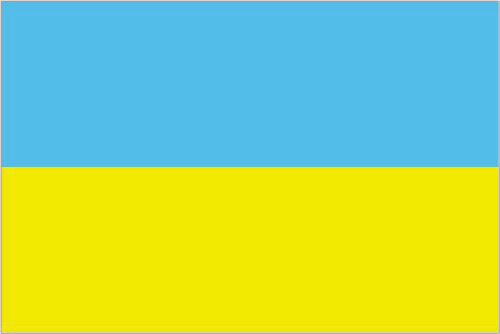
Facts about Ukraine’s history
18. Ukrainian civilizations date back to 4800 B.C. The country is located in an area where Trypillian and Scythian civilizations thrived.
19. Thousands of Jews were offered protection by Ukrainian religious leaders during the World War II. One of the leaders, Metropolitan Andrey Sheptytsky was honored in 2013 by the Anti-Defamation League for his humanitarian role. The Jews found refuge in monasteries and Ukrainian homes.
20. Ukraine is home to several archaeological sites that were previously Neanderthal settlements. The settlements feature a mammoth bone dwelling and is viewed as a possible location for the domestication of horses. The Molodova sites date back to 43,000–45,000 BC.
21. The world’s first constitution was drafted and introduced in 1710 by Ukrainian Hetman Pylyp Orlyk. The document was aimed at introducing the separation of powers. It outlined the responsibilities and rights of both citizens and government.
22. Russia and Austria showed very little interest in Ukraine in the 19th century. The country was predominantly rural. The situation changed as Ukrainian modernization and urbanization expanded.
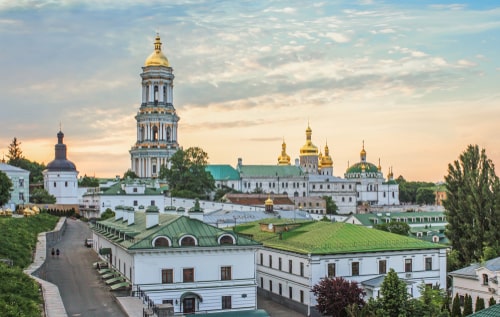
23. Catherine the Great and some of her successors advocated increasing German immigration into Ukraine following the Russo-Turkish War in the late 1700s. The primary objective was to dilute the country’s demographic, which was characterized by a dominant Turk population.
24. Stalin, Churchill and Roosevelt met at the Yalta Conference in 1945, which was hosted by Ukraine. The meeting was aimed at charting the way forward in relation to the organization of post-war Europe. The venue, Livadia Palace is now a museum.
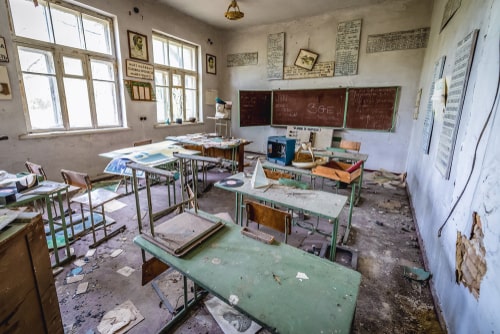
25. In 1986, Ukraine witnessed the world’s worst nuclear power plant disaster. The tragedy occurred at the Chernobyl plant located in the northern part of the country. The area has since been declared an exclusion zone. The disaster and declaration led to the emergence of several ghost towns. The area attracts multitudes of tourists despite the high levels of radiation. The UN created the Chernobyl Trust Fund to help the victims.
26. Kiev boasts the Hero City status, which was conferred by the Soviet Union in honor of its fierce resistance to the Nazis in 1941. The Germans surrounded the city in what became known as the Battle of Kiev.
27. The country shares ties with Western Europe that go back 1,000 years. Anna, the daughter of Grand Prince Yaroslav helped pave the way for strengthening of relationships when she became the Queen Consort of France in 1051. She played a huge role in exposing French people to Eastern culture.
28. As for modern humans, there are 32,000-year-old fossils in the Crimean Mountains discovered in 1991. Beside the bones were ivory ornaments that indicate ties to the Gravettian culture that spread across the continent of Europe.
29. Researchers from the University of Cambridge attempted to find the origin of the domestication of horses. They used different modelling techniques using a genetic database of horses and traced everything back to the western Eurasian Steppe consisting of Ukraine, West Kazakhstan, and Southwest Russia.
30. The land of the present-day Ukraine was part of the Scythian Kingdom from 700 BC to 200 BC. Scythia is the name given by the Greeks but they called themselves “Scoloti”. They used to be nomadic with a culture that centered around horseback riding.
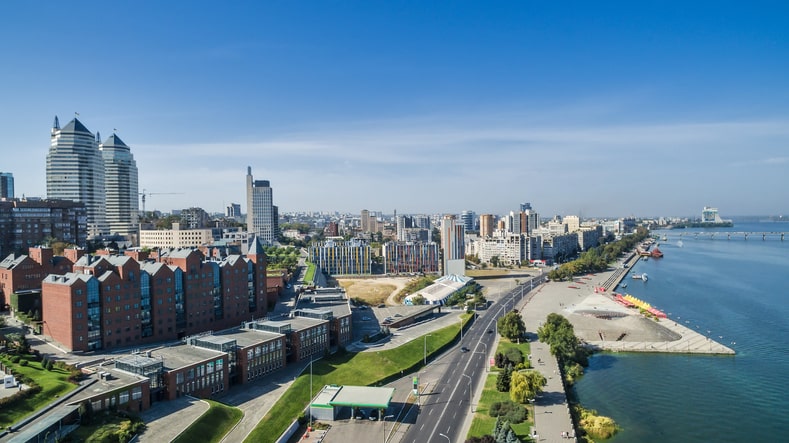
31. Kievan Rus became the most powerful European state from the 10th to 11th century, and at its center was Kyiv. The Golden Age began with Vladimir the Great who converted from paganism to Christianity. The kingdom followed his lead.
32. The Mongols invaded in the 13th century and destroyed Kyiv. They occupied much of Eastern Europe and pushed westward towards the Atlantic Ocean. When Ogedei Khan, son of Genghis Khan died, they returned to their homeland and spared the rest of the continent.
33. From 1657 to 1686, Russia, the Cossacks, Poland, the Ottoman Empire, and the Crimean Khanate fought each other for dominance over Ukraine. The period known as “The Ruin” ended with the Treaty of Perpetual Peace between Russia and Poland.
34. The Russian Empire collapsed after World War I and was replaced by the Russian Republic under the Bolsheviks. Ukraine became one of the founders of the Union of Soviet Socialist Republics in 1922.
35. Ukraine’s independence was officially declared on August 24, 1991. Its parliament proclaimed that the country would stop following the laws of the USSR, instead abiding by its own laws. In December of that year, voters overwhelmingly approved the referendum on independence.
5 facts about Ukrainian food and cuisines
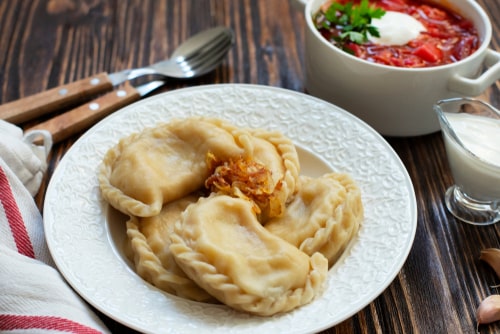
36. One of Ukraine’s most popular traditional dishes is varenyky which are boiled dumplings with potatoes, sauerkraut, mushrooms, cottage cheese, or berries. Another is borscht which is a soup with meat, mushrooms, cabbage, and beets.
37. Lviv is home to the highest number of cafes per capita in the world. It boasts up to 1,500 establishments.
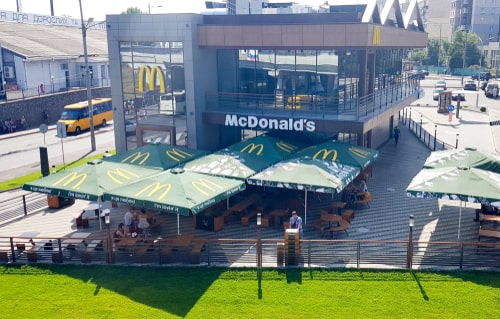
38. McDonald’s in Kiev is reportedly one of the busiest in the world.
39. Ukrainians love drinking horilka, which is a local variant of the famed vodka. Locals often flavor this national drink with chilli pepper to give it a bit more punch.
40. Locals also enjoy drinking stewed fruit (Kompot), which is a non-alcoholic sweet beverage. It is prepared by cooking different types of fruits, such as gooseberries, rhubarb, strawberries, apples and sour berries among others. The drink is often flavored using spices, particularly in winter months when it is served hot.
Ukraine on map
Geography
41. It has one of the lowest population densities with only 73 individuals per square kilometer.
42. The capital, Kyiv, is also the largest city in the nation with almost 3 million people. It can be found in the North Central Ukraine on both sides of the Dnipro River. Other major cities include Kharkiv, Odessa, Dnipro, and Donetsk.
43. There are two different biomes in Ukraine. The northern and western regions are a mixed forest with temperate climate and broadleaf trees. Meanwhile, the southern and eastern regions are steppes with grassland plains and few trees.
44. The highest point is at the summit of Mount Hoverla. It rises to a height of 2,061 meters above sea level or 6,762 feet. This is part of the Carpathian Mountains and has been a prominent tourist destination since the late 19th century.
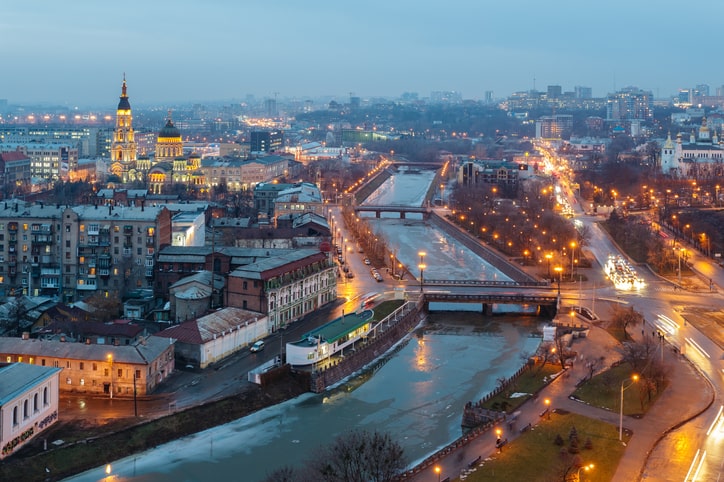
45. The seven major rivers in Ukraine are the Danube, Dnipro, Desna, Prypiat, Southern Buh, and Siverian Donets. Around 95% of the country’s rivers are part of the drainage basins of the Black Sea and the Sea of Azov.
46. Rain is much more frequent in the west and the north of the country. The Carpathian Mountains receive about 1,200 mm of annual precipitation. Meanwhile, Crimea to the south only gets 400 mm every year.
47. The temperature in Kyiv ranges from 61 to 78 degrees Fahrenheit in July and falls to 21 to 30 degrees in January. It is hotter for the southeastern city of Dnipro at 65 to 83 degrees in July and 21 to 32 degrees in January.
48. Aside from Ukraine, the Black Sea is bordered by Russia, Bulgaria, Turkey, Georgia, and Romania. It drains into the Turkish Straits consisting of the Bosporus and the Dardanelles. There is a deep layer of water that doesn’t mix or drain, allowing the preservation of ancient shipwrecks.
49. The country’s name is widely thought to come from the ancient Slavic term for borderland. It was referred to as “The Ukraine” until independence was declared in 1991. The article was officially dropped in favor of the politically correct “Ukraine”.
Economy
50. Around two-thirds of Ukraine’s land is covered in black earth, a nutrient-rich soil that makes the country one of the most fertile in the world. It is considered as the breadbasket of Europe because of its massive agricultural exports.
51. Ukraine leads in the world in the production of sunflower oil. It is also among the largest producers of corn, wheat, potato, sugar beet, barley, tomatoes, apples, pumpkins, carrots, cucumbers, cabbage, rye, walnuts, buckwheat, dry peas, and honey.
52. Ukraine has one of the highest numbers of IT-certified professionals behind the US, India, and Russia. This makes it a top outsourcing destination for companies all over the globe. In 2019, it became the biggest IT services exporter in Europe.
53. The country has large mineral reserves and half of the known deposits are now being exploited. According to 2019 USGS statistics, Ukraine is included in the Top 10 producers for iron ore, manganese, titanium, graphite, and uranium.
54. Although Ukraine produces gas, it still needs to import most of its fuel needs from Russia and Turkmenistan. Ukraine’s pipelines transport Russia’s gas to the EU. This has major consequences for the economy and foreign policy.
55. Ukraine maintains independence when it comes to the supply of electricity. This is thanks to its hydroelectric and nuclear power plants. In fact, it has excess capacity that is exported to Russia and other Eastern European countries.
56. The country has a space rocket industry under the management of the State Space Agency of Ukraine. The Yuzhnoye Design Office created the Zenit-3SL carrier rocket and the first stage core of the Antares rocket.
57. During the Soviet era, shipbuilding companies in Ukraine built warships for the USSR. After independence, the focus shifted to bulk tankers, whaling bases, dry cargo vessels, fishing trawlers, and the like. Companies also offer ship repair services.
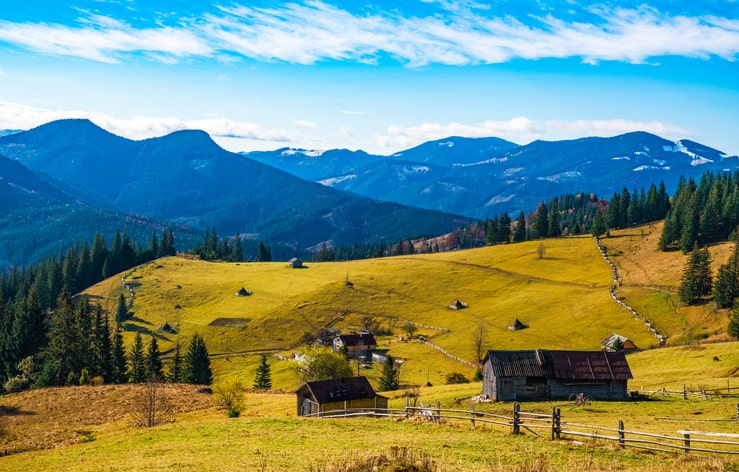
58. Ukraine is a popular tourist destination in Eastern Europe with over 10 million visitors each year, most coming from nearby countries. The Carpathian Mountains are suitable for adventures while the Black Sea coastline offers long sandy beaches. It also has ancient castles, vineyards, impressive churches, and other attractions.
. . . continue reading on the next page
